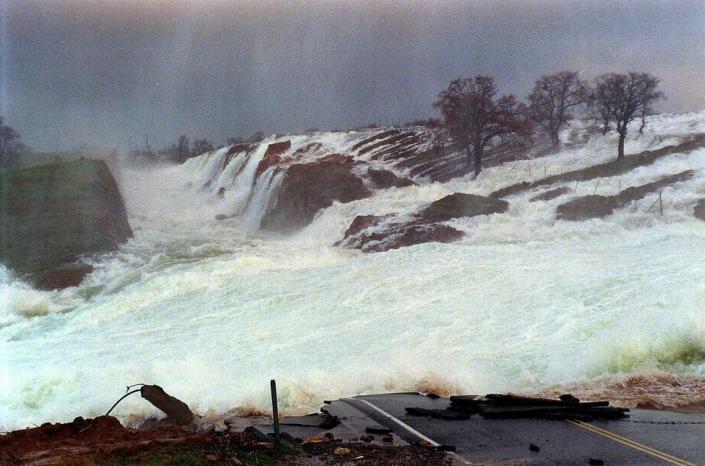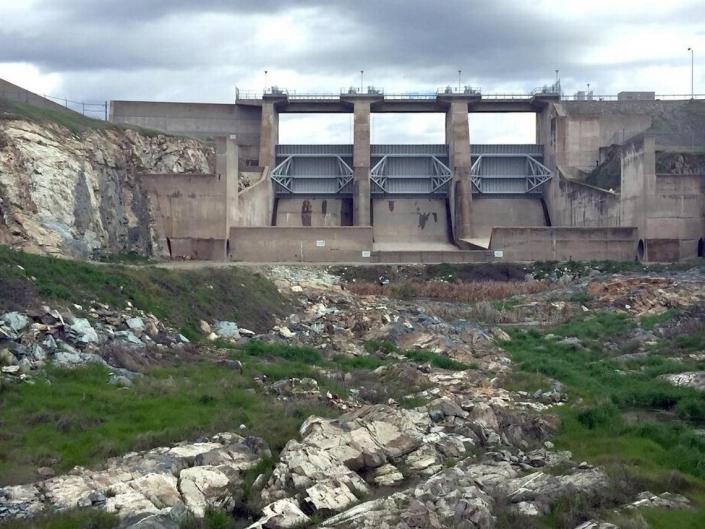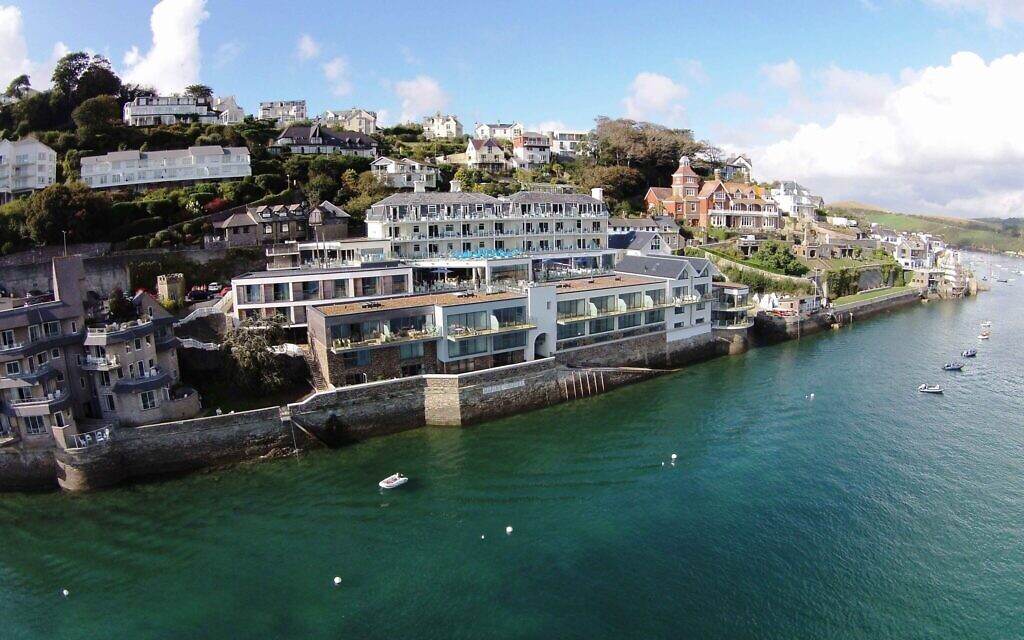Failing dams would be disastrous for Modesto, sure. Why that isn’t likely

Modesto recently appeared in The New York Times, in a well-written and -researched article by Christopher Cox titled “The trillion-gallon question: What if California’s dams fail?” Our own Don Pedro reservoir, owned by the Modesto and Turlock irrigation districts and operated by TID, is the sixth-largest in California and was one of the featured problems. Also mentioned as a threat to Modesto was New Melones Reservoir, fourth-largest in the state.
The article cited research by Daniel Swain and others that looked at the historical 1862 floods in California and a hypothetical disaster, dubbed ArkFuture, that would be made more severe by climate change. Floods would inundate much of the Central Valley. River flows could be sufficiently high to threaten dams.
Opinion
Don Pedro and New Melones, like most large dams in California, are constructed of earth fill. This design resists earthquakes well and is normally safe. The only way such a dam can fail suddenly is if water flows over the top of it, quickly eroding it. This can only happen if the spillway is unable to release sufficient water. This nearly happened in 2017, when both the normal and emergency spillways at Oroville Dam began to fail.
New Melones Dam has a spillway capacity of 112,600 cubic feet per second. Maximum flow on the Stanislaus River in 2017 was 62,500 cfs, as measured by a gauge in Ripon. That suggests the spillway should be able to handle anything but an unprecedented series of storms. One advantage of New Melones: the reservoir is more than twice as large as the annual average flow on the Stanislaus. It usually begins every rainy season with ample room.

New Don Pedro has two spillways. The normal spillway, with three large gates, was designed never to be used. That’s because when used it destroys a section of Bonds Flat Road, including a bridge over the spillway channel.
This turns out to be a feature and not a bug. Back in the day it would have cost $6 million to design a bridge and road high enough to be safe from the spilling water. They reasoned it would be cheaper to simply rebuild if the spillway was used. When that happened in 1997 and 2017, repair costs were around $1 million each time, mostly paid by the federal government. This spillway has a capacity of 172,000 cfs. During the 1997 flood the highest flows were just shy of 100,000 cfs.

In addition, Don Pedro has an emergency spillway with a capacity of 300,000 cfs. This has never been used. Based on my knowledge of Tuolumne River flows, it is unlikely to ever be used. Experts claim the bedrock of the emergency spillway is sound, unlike that at Oroville Dam. I hope this spillway remains unused because with that much water flowing down the river, large parts of Modesto and the region would be under water.
John Mensinger served on the Modesto Irrigation Board from 2013 to 2022.













